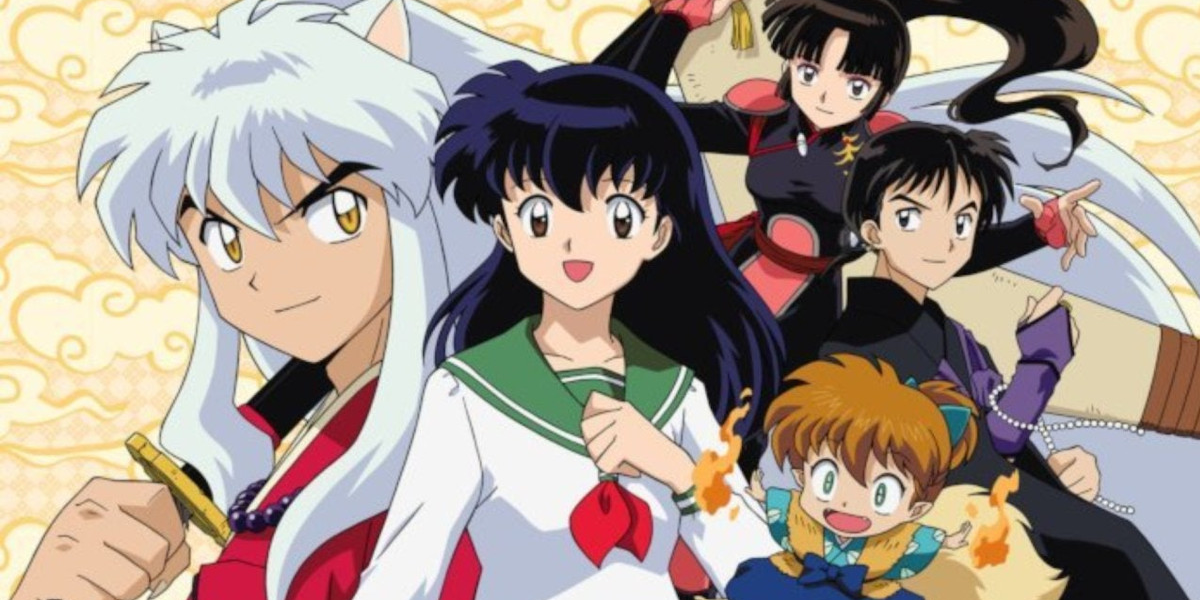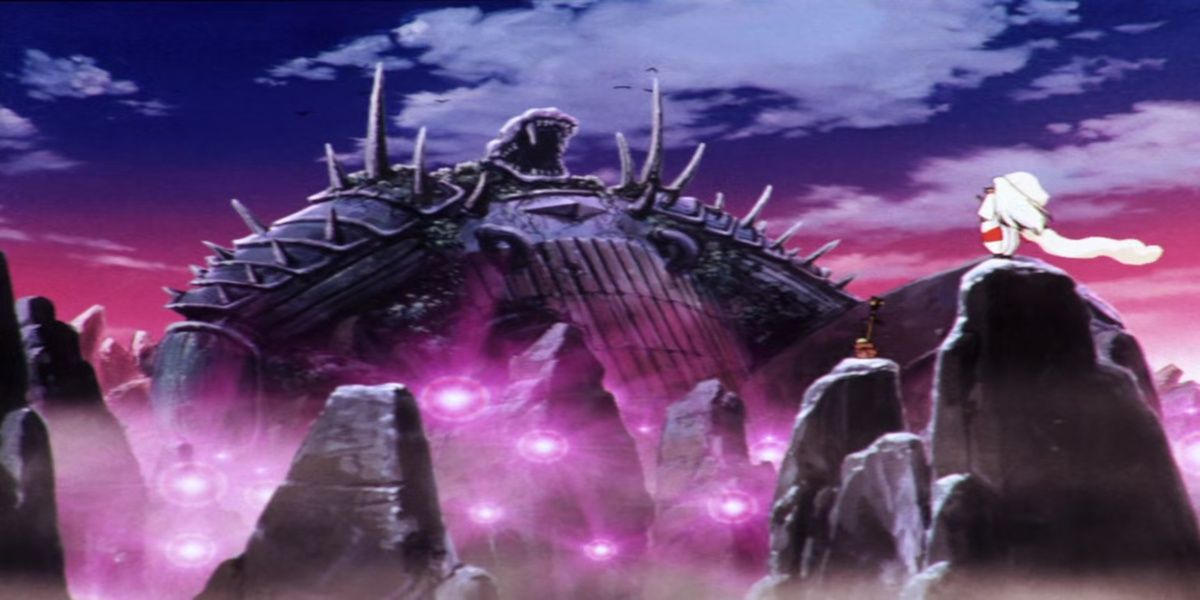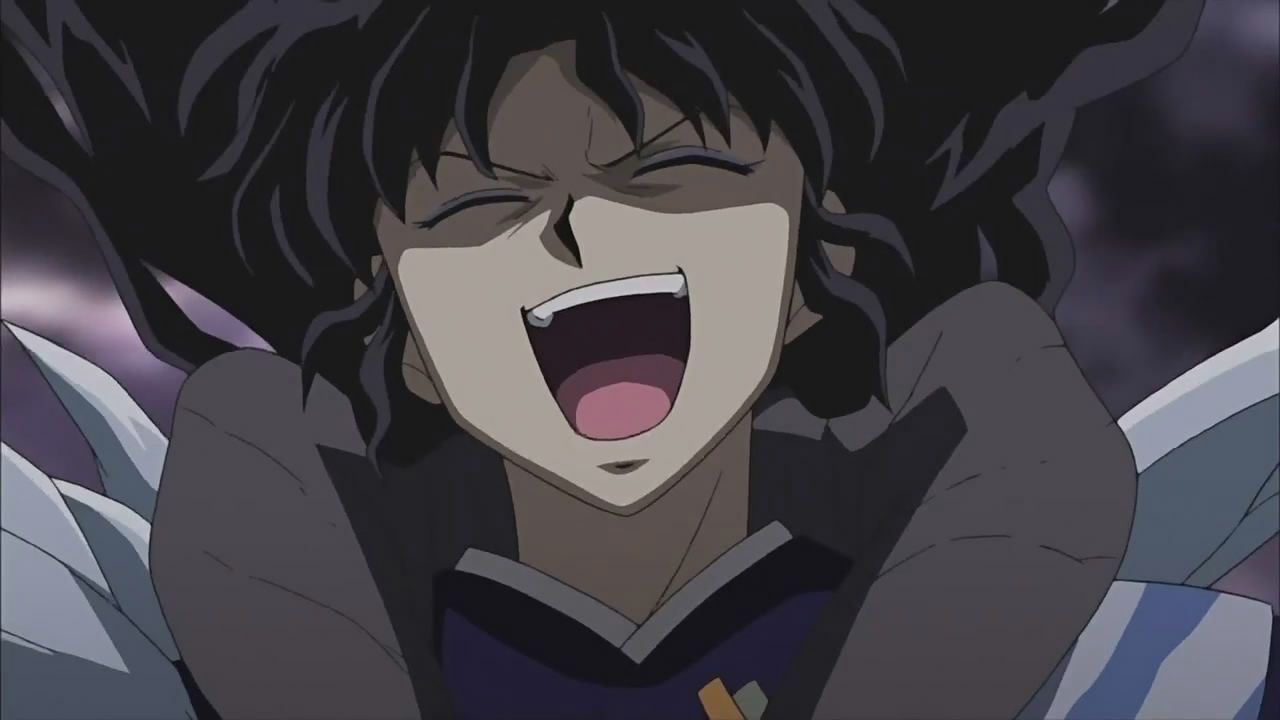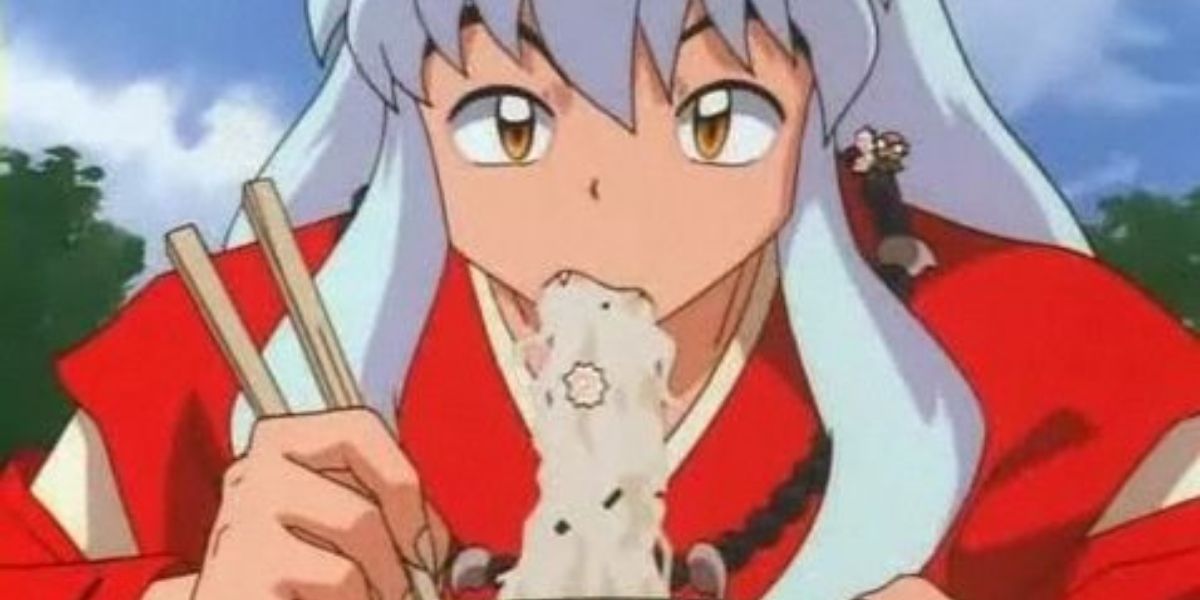Anime and Adult Swim fans of the early 2000s may recall the never-ending, ever-present nature of Inuyasha. For over a decade, Rumiko Takahashi's Inuyasha was broadcast on Adult Swim with no signs of ending. At first, this became a bit discouraging as the heroes continuously pursued Naraku to no avail. However, eventually, the endlessness and late-night presence of Inuyasha turned into a sort of anime comfort food.
As Inuyasha morphed from a semi-romantic adventure romp into the ultimate late-night anime comfort food, different aspects of the show started to shine brighter. The extent of Inuyasha's transformation manifests through the meme presence of Inuyasha's second closing theme, "Fukai Mori," which holds a particular spot for the sleepless fan. This theme was the closing track for a mere 20 episodes, but the song's chill vibes and moody video ingrained this song in the minds and hearts of 2000s Adult Swim anime watchers.
Clocking in at 167 episodes, the original series of Inuyasha has a lot of content to digest. These episodes work toward the eventual goal of defeating Naraku and collecting the shards of the Shikon jewel, but that doesn't happen until the sequel series Inuyasha: Final Act -- five years after the end of the initial series. For viewers who already consumed the first series and were keen on only occasionally watching Adult Swim in the twilight hours, Inuyasha took on a monster-of-the-week vibe.
The monster-of-the-week aspect and the dynamics of the core protagonist party make the show easy to return to on and off as something pleasant that's needed to fill the twilight hours. Balancing genres also help keep Inuyasha fresh on the second, third or even fourth re-watch as different horror, romance, or historical aspects stand out on these revisits. Such revisits are a sign of that comfort food characteristic, and viewers became laissez-faire about an actual ending to the anime, with fans reluctantly accepting the show's pseudo-conclusion.
Since it can be tricky to catch every episode in order or set aside the time for each broadcast of a late-night series, it became easier to appreciate the semi-episodic aspects of Inuyasha. While the show has longer arcs, most one-two episode sequences involve dispatching a villainous being with one of Inuyasha's small repertoire of moves. Balancing long-form storytelling with episodic elements made the show stand out against others of its time such as Big O, Fullmetal Alchemist and Yu Yu Hakusho.
The downfall of this ongoing broadcast is the magnification of Inuyasha's issues. The redundancy of the battles could become tedious quickly, as almost every conflict is solved when the titular character utilizes one of his half dozen attacks to dispatch the foe. These episodic foes also tend to lack depth and magnetic characteristics, which could dull specific episodes upon a re-watch. Luckily, the recurring presence of the stronger side characters -- Naraku, Sesshomaru and Kikyo -- outweighs the damage from the weaker ones.
Anime comfort food holds a special place in fans' hearts. Not every anime can be the best or a definite favorite, but some can fill a specific niche that allows the show to be enjoyed on a different level. Inuyasha hit the right notes at the right time for anime fans in the West and became one of the most prominent gateway shows -- and one of the most beloved. The charm of Rumiko Takahashi's stories and the spice of Adult Swim has made Inuyasha into a historically significant anime.




